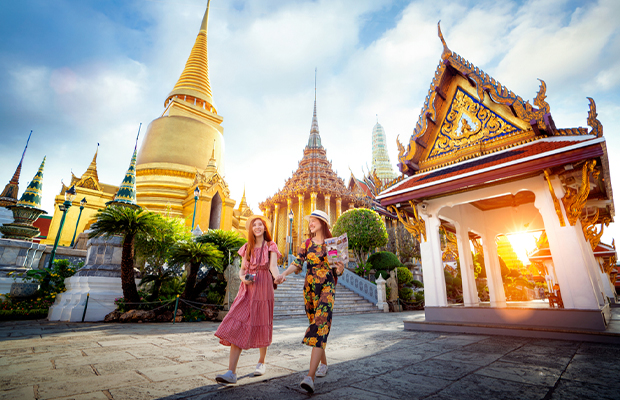Apsara Dance in Cambodia: An Ultimate Guide Updated 2025
Close your eyes and picture Cambodia. Does a vision of graceful dancers wearing flowing silks and ornate jewelry come tomind?
For many, these striking images are the first association with this Southeast Asian country. These are Apsara dancers performing an ancient art form, "Apsara danc", that has been part of Cambodian culture for centuries.
The Apsara dance tells enchanting stories through graceful movements and symbolic gestures. This mesmerizing dance has captivated audiences for generations, making it an iconic symbol of Cambodia's rich cultural heritage.
In this guide, we will explore the history and significance of the Apsara dance and where you can watch this timeless art form during your Cambodia tour!
 What Is an Apsara? Why the Apsara Is Important to Cambodian Culture?
What Is an Apsara? Why the Apsara Is Important to Cambodian Culture?
 The History of Apsara Dancing in Ancient Cambodia
The History of Apsara Dancing in Ancient Cambodia
 How Is Apsara Dancing like Today?
How Is Apsara Dancing like Today?
 Top Places to Enjoy Apsara Dances in Siem Reap, Cambodia
Top Places to Enjoy Apsara Dances in Siem Reap, Cambodia
What Is an Apsara? Why the Apsara Is Important to Cambodian Culture?
The term "Apsara" refers to heavenly female nymphs or angels that are central to Cambodian mythology and intricately tied to the heritage of Khmer civilization.
Apsaras are portrayed as enchantingly beautiful dancers who reside in Indraloka, the divine abode of the Hindu god Indra. Their graceful dances are believed to bestow blessings upon humanity.
Physically, Apsaras are typically depicted as women with plump lips, long flowing hair, sensual figures, and adorned with bright silks and jewels.
Many key characteristics serve as inspiration for Apsara dance in Cambodia, such as fluidity of movement, poise, and mesmerizing facial expressions that convey a range of emotions. Their dances are meant to entertain gods and symbolize harmony, love, fertility, and prosperity.

Cambodian Apsara dance.
In Khmer culture, Apsaras take on significant importance. They were often portrayed in bas-relief carvings at famous temples of Angkor like Angkor Wat, symbolizing the kingdom's focus on aesthetics, beauty, and refinement of arts. Over time, they came to represent Cambodia's rich cultural heritage.
Their elegant dances soon became intertwined with mythology and a key facet of cultural expression through Apsara dance. Even today, Apsaras evoke a strong sense of nationalism and pride in Cambodians, serving as a reminder of the glory of past Khmer empires.
Performances of Apsara dance in Cambodia work to preserve these important sociocultural and historical aspects of Khmer identity.
The History of Apsara Dancing in Ancient Cambodia
The origins of Apsara dancing can be traced back to the Angkor period when the Khmer Empire ruled much of Southeast Asia between the 9th to 15th centuries.
During this golden era, Khmer kings sought to exhibit their immense wealth and power through grand architectural projects, many of which featured intricate carvings of dancing Apsaras.
These early depictions provide insights into how Apsara dances were performed in ancient times. Common poses seen in Angkorian sculptures show Apsaras holding hands in circular formations or balanced on one leg with arms gracefully curved.
Their intricate hand and arm positions suggest the dances involved sophisticated mudras (symbolic hand gestures) and finger movements. Intricate hairstyles and costumes adorned with jewels further highlighted the dancers' refined elegance.
Over the centuries, Apsara dancing traditions evolved but maintained spiritual and cultural significance. During periods of turmoil when the Khmer Empire declined, the dance form helped preserve aspects of national identity.
It has endured as a prized Cambodian performing art that exemplifies the refinement, beauty, and divine qualities embodied by the timeless Apsara figures.

The intricate carvings of dancing Apsaras.
How Is Apsara Dancing like Today?
While the roots of Apsara dance lie deep in ancient Khmer history, the art form continues to thrive in modern Cambodia. While the dances have evolved over time, they still retain their core essence of grace, elegance, and spiritual significance.
Today, Apsara dance is primarily performed as a traditional art form, showcasing the rich cultural heritage of Cambodia. It is a popular attraction for tourists and a source of national pride for Cambodians. Performances are often held at temples, cultural centers, and theaters, offering a glimpse into the country's ancient traditions.
Modern Apsara dance performances typically feature a group of dancers, usually women, dressed in elaborate costumes adorned with intricate details. The costumes are inspired by the traditional attire of Apsaras, featuring flowing silks, vibrant colors, and ornate jewelry.
The dances themselves are highly stylized, emphasizing fluid movements, graceful gestures, and expressive facial expressions. Dancers use their hands and arms to create intricate patterns and symbolic gestures, mirroring the ancient depictions of Apsaras in Khmer art.
The performances are often accompanied by traditional Cambodian music, played by instruments like the roneat (xylophone), chhing (cymbals), and khlui (bamboo flute).
The dance form continues to serve as a powerful symbol of Cambodian culture, connecting the past with the present and preserving a vital part of the country's heritage.

Apsara musicians.
Top Places to Enjoy Apsara Dances in Siem Reap, Cambodia
|
Venue |
Days |
Time |
Price |
|
Cambodian Cultural Village |
Daily |
Shows at 7:00 PM |
$20-30 |
|
Temple Club (Angkor Wat) |
Daily |
Performances at 5:30 PM |
$25 |
| Phare the Cambodian Circus | Tue-Sun | Shows at 5:00 PM & 7:30 PM | $15 |
Siem Reap, being the gateway to the ancient Angkor temples, is home to numerous exceptional venues where you can enjoy the elegance and grandeur of Apsara dance. One of the most popular spots is the Cambodian Cultural Village, situated on the outskirts of the city.
This venue not only offers insights into Khmer arts and cuisine but also hosts nightly shows that take you back in time with a stunning presentation of Apsara dance. Over 100 highly skilled dancers perform synchronized choreography, accompanied by an impressive display of water fountains and lights.
For a more intimate setting, Temple Club provides a unique blend of fine dining and cultural immersion. Situated directly in front of the majestic Angkor Wat, this restaurant offers breathtaking sunset views while hosting regular Apsara dance performances. The dances, inspired by the intricate bas-reliefs adorning the temple walls, create a harmonious dialogue between ancient artistry and contemporary performance.
If you're seeking a more dynamic and engaging experience, Phare the Cambodian Circus is a must-see. Located along Siem Reap's riverfront, this acclaimed circus combines acrobatics, stunts, and traditional Apsara dance into a captivating performance. The talented performers intertwine humor, skill, and cultural heritage to captivate audiences and leave them spellbound.
These top Siem Reap venues offer a diverse range of experiences, each showcasing the grace, elegance, and spiritual significance of Apsara dance. Whether you seek a grand spectacle, an intimate setting, or an interactive workshop, Siem Reap provides a captivating gateway to the heart of Cambodian culture.
Top Places to Enjoy Apsara Dances in Phnom Penh
|
Venue |
Days |
Time |
Price |
|
Sovanna Phum Arts Association |
Fri-Sat |
Shows at 7:00 PM |
$5 |
|
Cambodian Living Arts (National Museum) |
Daily |
Performances at 5:30 PM |
$15 |
| Wat Ounalom | Daily | Dinner shows from 7:00 PM | $10-15 |
| The Fou-Nan | Daily | Dinner shows from 7:00 PM | $12-20 |
| Raffles Grand Hotel d'Angkor | Fri-Sat | Garden performances at 7:30 PM | $25 |
Although Phnom Penh can't compete with Siem Reap's abundance of Apsara dance performances, there are still several places in the Cambodian capital where you can enjoy this traditional art form.
One of the most popular spots is the Sovanna Phum Arts Association, which hosts cultural shows, including Apsara dances, every Friday and Saturday evening. The organization is dedicated to reviving this form of Khmer heritage art, and you can also attend private workshops where you can try your hand at dancing the Apsara under the guidance of expert dancers.
Another recommended venue is the Cambodian Living Arts Theatre at the National Museum, where shows take place daily. Cambodian Living Arts works to preserve classic forms of art in Cambodia, and you can enjoy an hour-long performance as part of a buffet dinner for USD 15.
If you're interested in a dinner show, many restaurants in Phnom Penh offer buffet dinners alongside Apsara dances. Wat Ounalom, for example, or you could try The Fou-Nan, which serves a banquet of Royal Khmer Cuisine followed by an Apsara dance performance.
For a real treat, head to the luxury Raffles Grand Hotel d'Angkor, which holds stunning performances of traditional Cambodian dance in its tropical gardens, combined with Khmer martial arts—a truly majestic show. These top Phnom Penh venues ensure that the spirit of Apsara dance remains alive and thriving in the heart of Cambodia's capital.
Conclusion
In conclusion, the Apsara dance is a profound expression of Cambodian culture, heritage, and spirituality, with its roots deeply entrenched in the ancient Khmer Empire. And far from fading into history, the Apsara dance continues to flourish today, fascinating audiences with its grace.
So, if you're visiting Cambodia and want to fully experience the rich cultural experience of Apsara dance and other Cambodian attractions, consider contacting us.
Our expert-curated tours can take you to the best venues and festivals, where you can appreciate this timeless art form in all its splendor!
More Related Cambodia Travel Planning Articles
Most Popular Cambodia Tour Packages
-
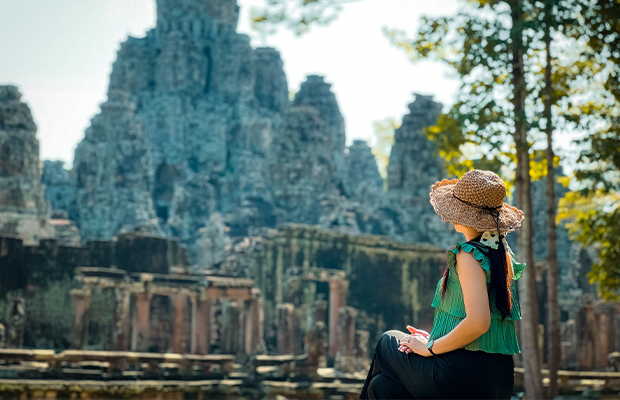
 4 Days to Explore Cambodia’s Cultural Heart: Siem Reap
4 Days to Explore Cambodia’s Cultural Heart: Siem ReapSiem Reap
Take this 4-day trip to uncover the magic of Siem Reap, Cambodia. Join us on a journey through its essence, discovering ancie ...
-
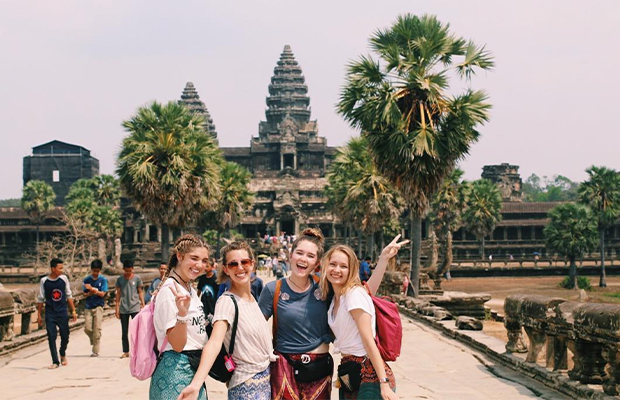
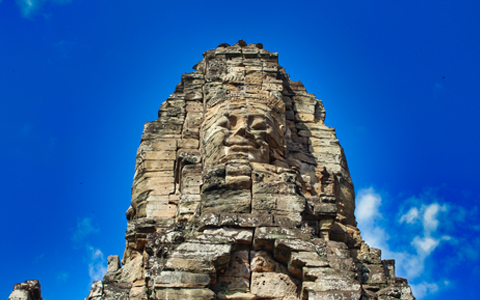 6 Days Best of Cambodia Tour Package
6 Days Best of Cambodia Tour PackageSiem Reap - Phnom Penh
Get set for the 6-day best of Cambodia’s wonders! We’ll take you on a journey through Cambodia’s stunning ...
-
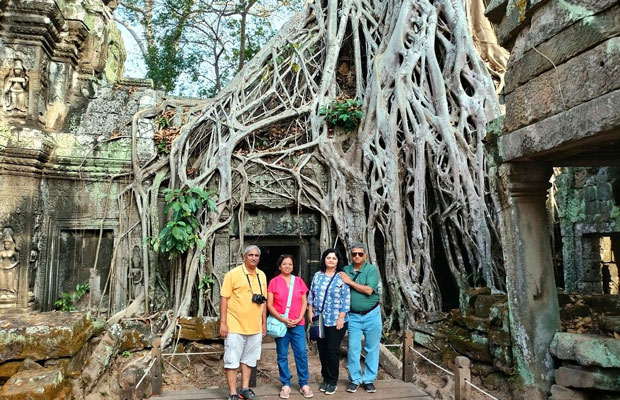
 7 Days Cambodia Mysteries Discovery Tour with Beach Relaxing
7 Days Cambodia Mysteries Discovery Tour with Beach RelaxingSiem Reap - Koh Rong Island
Take this 7-day adventure in Cambodia! Discover the mysteries of Siem Reap's ancient temples and relax on the paradise island ...
-
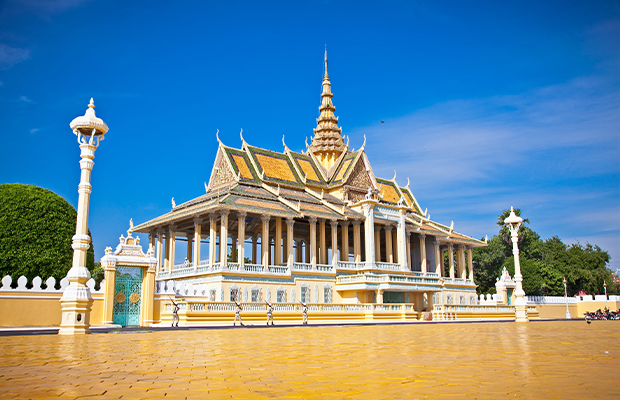
 10 Days Cambodian Panoramic Overland Tour
10 Days Cambodian Panoramic Overland TourSiem Reap - Battambang - Phnom Penh - Sihanoukville - Koh Rong Island
Explore Cambodia's beauty in just 10 days with this exciting itinerary. Start in Siem Reap, home to the stunning Angkor templ ...
Ask Us A Question For Free

.gif)

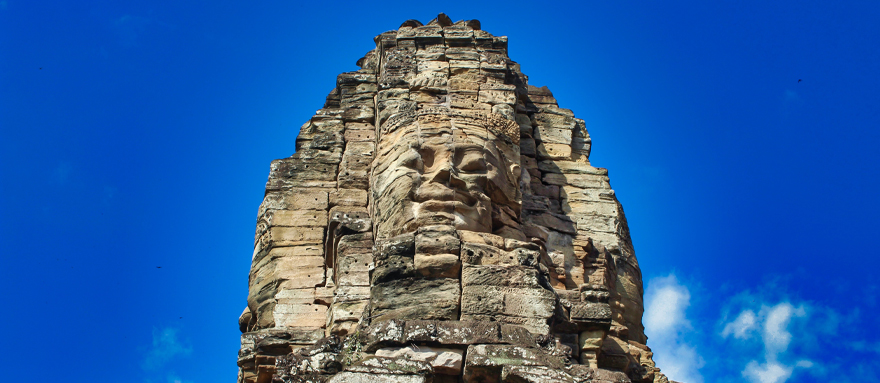



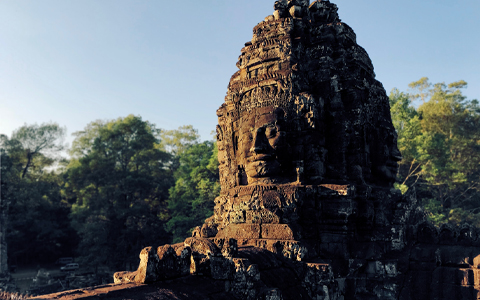

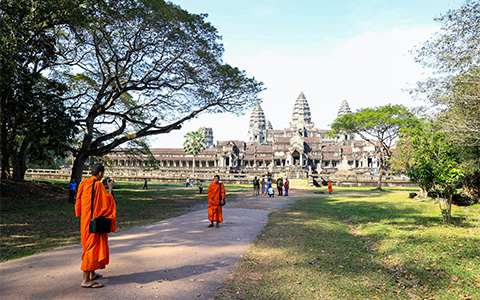
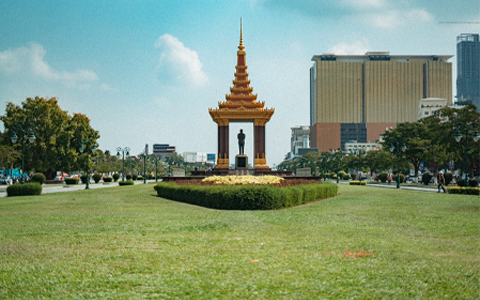
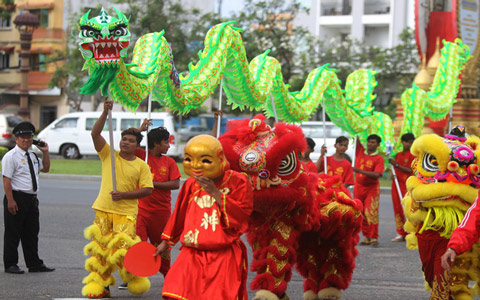
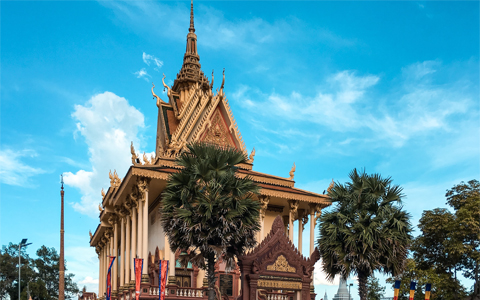


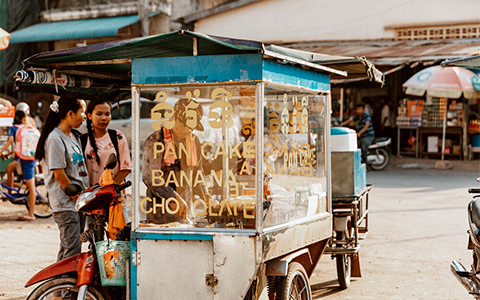


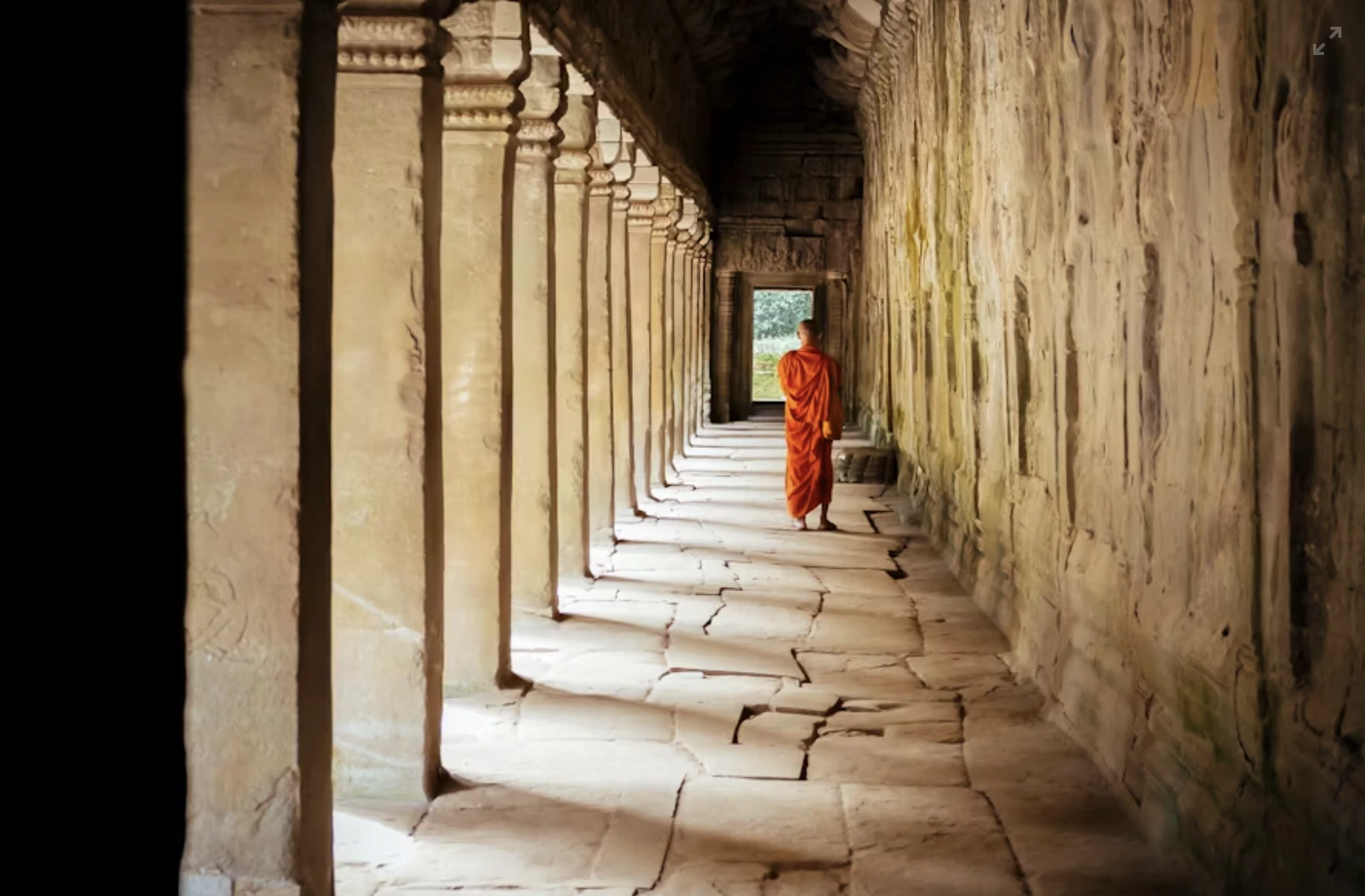


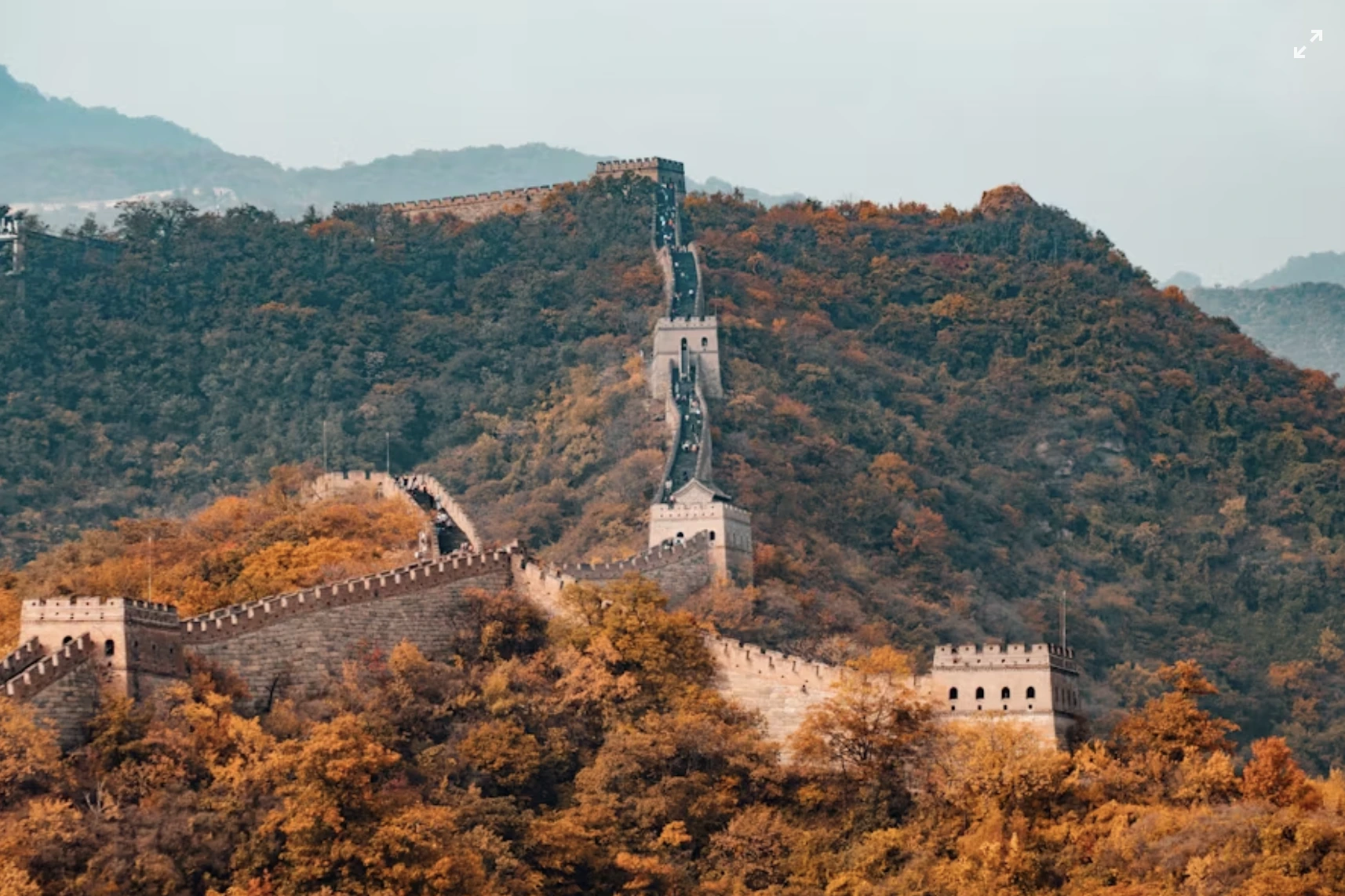


















.jpg)

